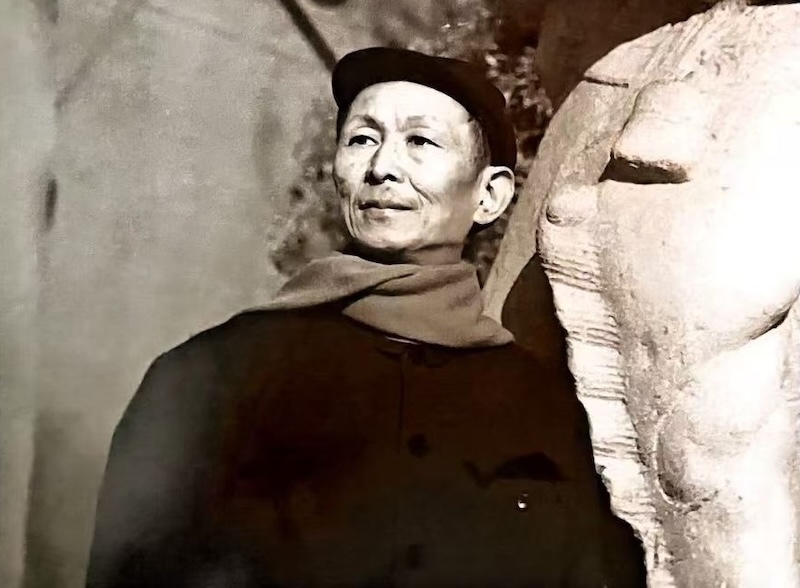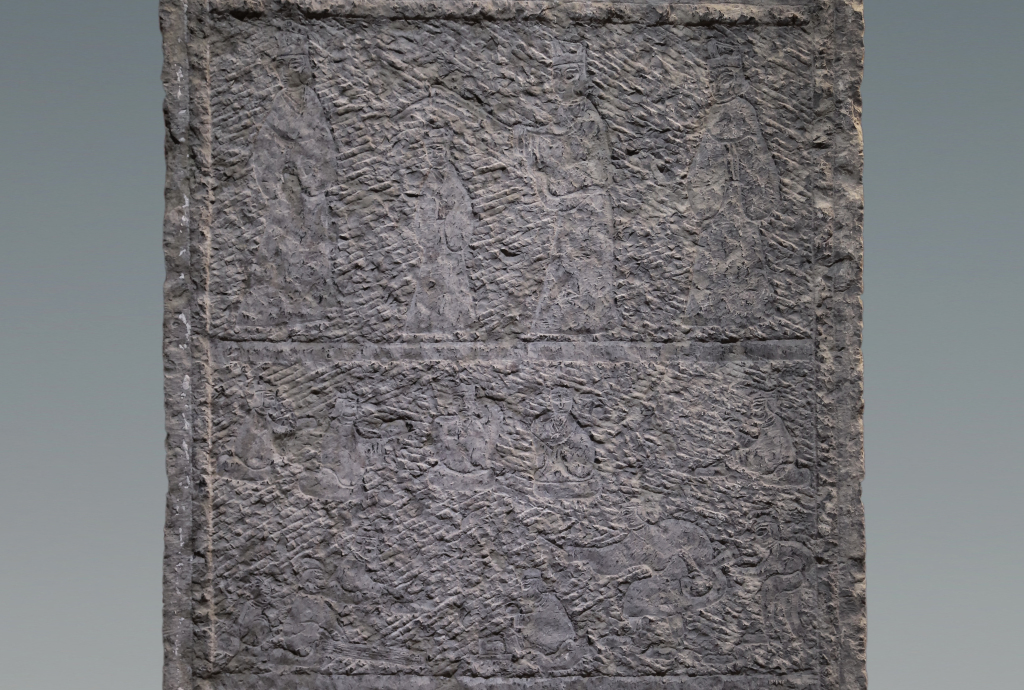
Today is the summer solstice. The summer solstice is one of the twenty-four solar terms. In ancient times, it was also one of the folk festivals "Four Seasons and Eight Festivals". Since ancient times, people have had the custom of worshiping gods and ancestors during the summer solstice. During the summer solstice, you can enjoy lotuses, eat melons, and even go to the mountains to escape the summer heat.
At this time, lotus flowers are in full bloom. From the Song Dynasty to the present, the lotuses painted by painters are full of pure charm. For example, the color of "Hibiscus Emerging from the Water" of the Song Dynasty is dignified and grand, and the subtleties of the Song Dynasty's portraits are amazing; It is written that under the locust tree, an eminent scholar is resting his head and lying on the couch with his vines on it, and it feels cool to read.
The water smells fragrant, the lotus in the famous place
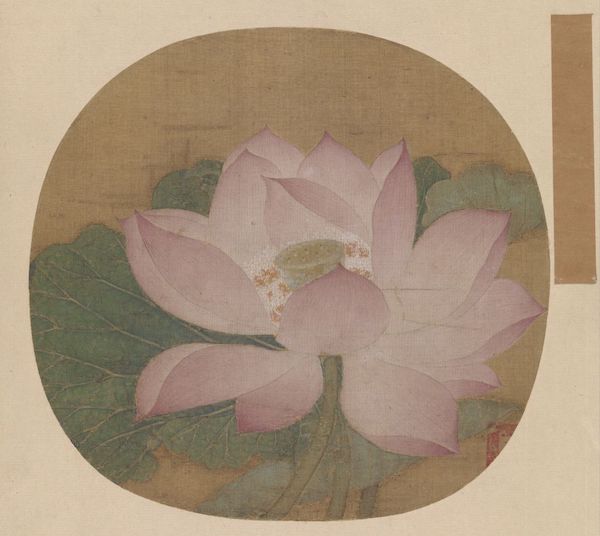
Song Dynasty Water Hibiscus Illustration Page Collection of the Palace Museum
In the "Hibiscus Emerging from the Water" painting of the Song Dynasty, a pink lotus in full bloom occupies the entire picture. It is eye-catching and eye-catching against the green lotus leaves. The layout and coloring are dignified and grand, and the lotus "comes out of the mud without being stained, and washes away the clear ripples." The gentlemanly temperament of "not a demon" is perfectly displayed.
The painting technique of the lotus petals is similar to the "boneless" method of later generations, without any trace of outline, rendering the petals light and plump. The painter's realism skills are extremely solid, and the shape, angle, color and light of each lotus petal are arranged impeccably. As for the red silk on the petals and the greasy powder on the stamens, they are also carefully prepared one by one. The subtleties make people marvel at the miraculous workmanship! The old title was painted by Wu Bing, but there is no evidence. Saved in the book "Collection of Famous Pens". Recorded in "Xuzhai Famous Paintings".

(Biography) This painting of Huang Ju of the Song Dynasty picking white lotus is selected from the "Album of Famous Paintings of the Past" collected by the National Palace Museum in Taipei.
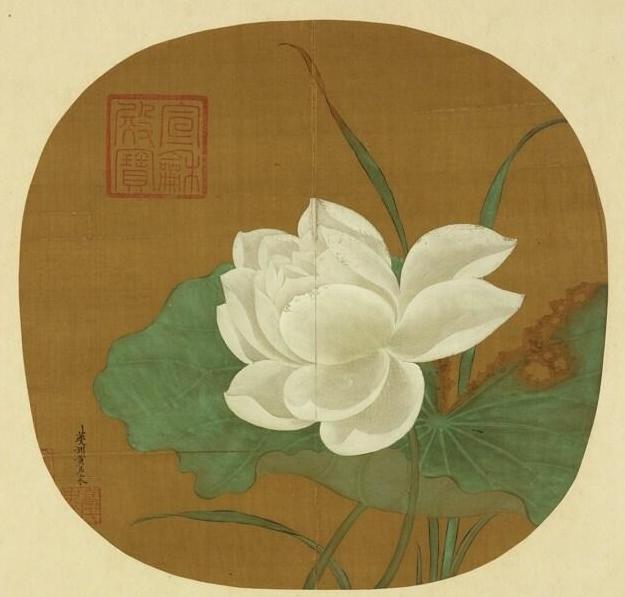
(Biography) Huang Ju of the Song Dynasty Collecting White Lotus (Part) This painting is selected from the "Album of Famous Paintings from Past Dynasties" collected by the National Palace Museum in Taipei.
Song Dynasty Kesi Lotus Scroll

Song Dynasty Kesi Lotus Scroll Collection of the National Palace Museum, Taipei
The scroll of "Lotus and Waterbirds" (Zhao Mengfu of the Yuan Dynasty) depicts a lotus rising diagonally from left to right and standing on the water. A pair of wagtails stand on the branches of the lotus. The double hooks of the lotus are filled with color and written with gong tape; the veins of the lotus leaves are It is fresh and fresh, as if there is a gentle breeze; the branches are elastic, as if as long as the bird flies away, it will return to its straight shape, and the shape is vivid. The whole painting is workmanlike but not gorgeous, detailed but not restrained. It has neither the disadvantages of the richness of flower-and-bird paintings of the Southern Song Dynasty, nor the crudeness of the free brush and ink play of scholars' paintings since the Northern Song Dynasty. While emphasizing the importance of literati's expression in painting, it also abandons the literati's game of neglecting image when writing. manner.
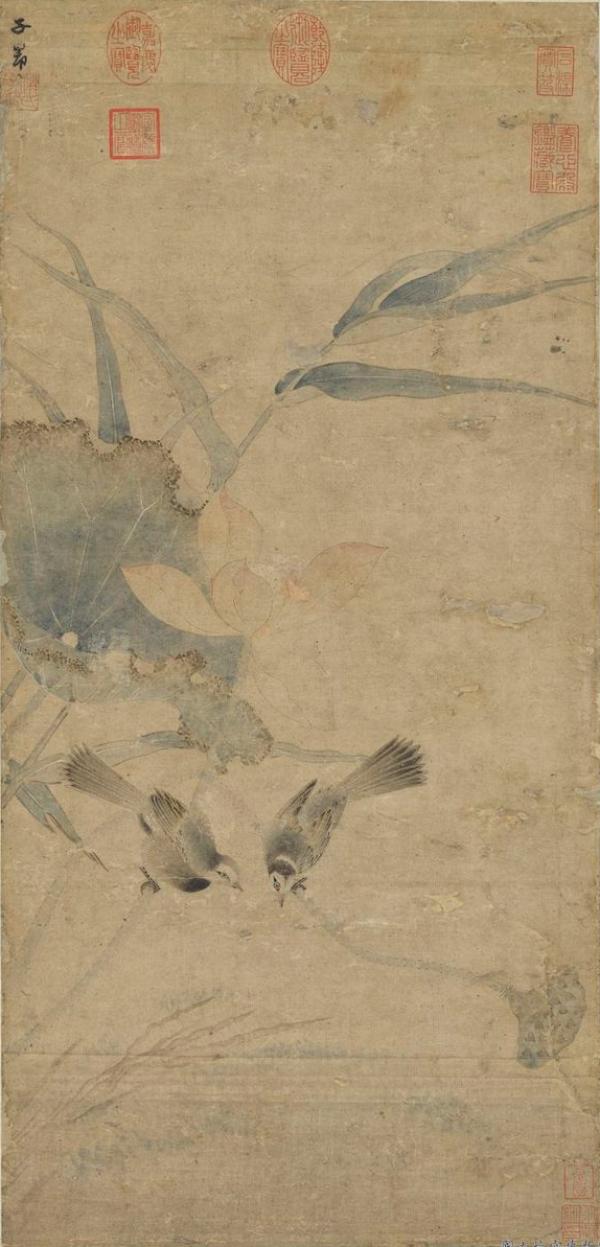
(Biography) "Lotus and Waterbirds" scroll, Zhao Mengfu, Yuan Dynasty, collected by the National Palace Museum, Taipei
Shen Zhou's "Sketch Book" of the Ming Dynasty is selected from the fourth painting in the "Sketch Book" written by Shen Saturday when he was eighteen years old. The intention is precise but the pen and ink are uninhibited. The lotus leaves are written with a large brush, and the ink and ink are dripping and blended. The reed leaves are written vigorously, and the lotus flowers waiting to be placed are outlined with light ink and slightly smudged. Although the light white is better than the bright red. The water frog squatting on the leaf center adds infinite interest to the work.

Lotus and Crouching Frog in the Sketchbook of Shen and Zhou Dynasties in the Ming Dynasty. Collection of the National Palace Museum in Taipei.
Spend the summer and escape the summer heat, go to the mountains to escape the heat
On the summer solstice, women in ancient times gave each other folding fans, powder, and other items. "Youyang Zazu·Liyi": "On the summer solstice, there are words for entering the fan and the powder bag." "Fan" is used to generate wind; "pinzhi" is used to smear it to dissipate the turbid air generated by body heat. , prevent prickly heat.
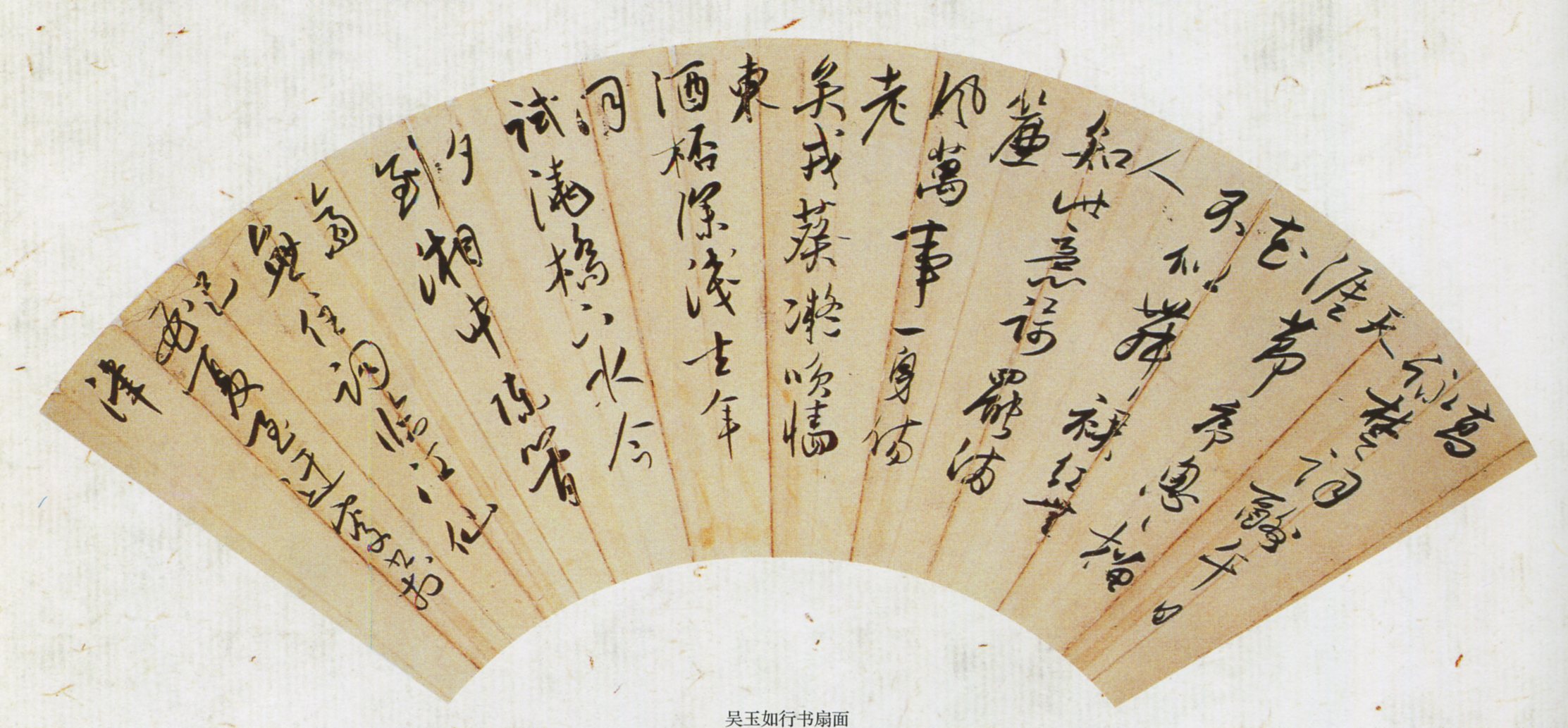
(Biography) Huang Ju of the Song Dynasty Collecting White Lotus (Part) This painting is selected from the "Album of Famous Paintings from Past Dynasties" collected by the National Palace Museum in Taipei.
Song Dynasty Kesi Lotus Scroll
You can't spend the summer without a fan. Most people are accustomed to using cattail fans, while literati use folding fans. The fan of calligraphy and painting can both fan the wind and appreciate it. It is truly a practical art with two sides. When it is pleasing to the eye and relaxed, the breeze blows, the wind blows on the cheeks, and the sweat evaporates, which is a rare pleasure.

Ming Linliang's painting of lotus as a fan is collected by the National Palace Museum in Taipei.
Famous summer pictures in history include the Song Dynasty's "Huaiyin Summer Picture" and the Yuan Dynasty Liu Guandao's "Xia Xia Picture". The "Picture of Spending Summer in the Shade of Sophora japonica" collected by the Palace Museum in Beijing depicts a reclusive scholar under the locust tree, resting his head on a couch with a cane. There are scrolls, incense burners, and candlesticks on the table, and there are also screens depicting snowy landscapes. , naturally cool.

Painted by the Song dynasty, "Sophora shading to spend the summer"
It is advisable to eat melons during the summer solstice. Jin Nong, one of the "Eight Eccentrics of Yangzhou" in the Qing Dynasty, faced the scorching heat and painted two slices of green watermelon with red soil and black seeds, with the caption: "Walkers are so hot in the afternoon, what can quench their thirst? Thinking of the road outside Qingmen Gate, On the side of the pavilion, you can buy freshly cut melons for a penny.”
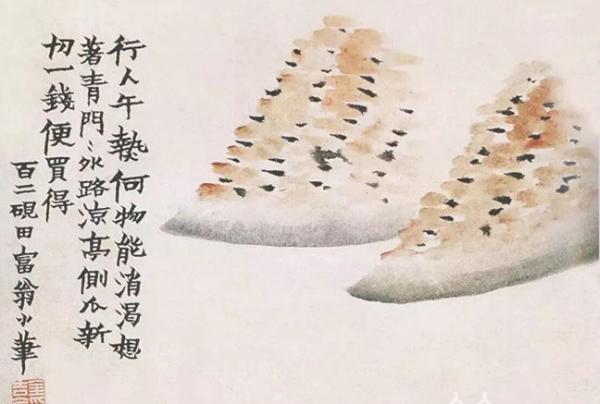
Watermelon written by Jin Nong
Some people also went to the mountains to escape the summer heat. There are many scenes of people living quietly in the mountains in Dunhuang murals. The people of the Tang Dynasty seemed to understand the Zen concept of "there is a true meaning here, but they have forgotten the words even if they try to discern it", so they became more familiar and fond of the mountains, the water, and the scenery here.
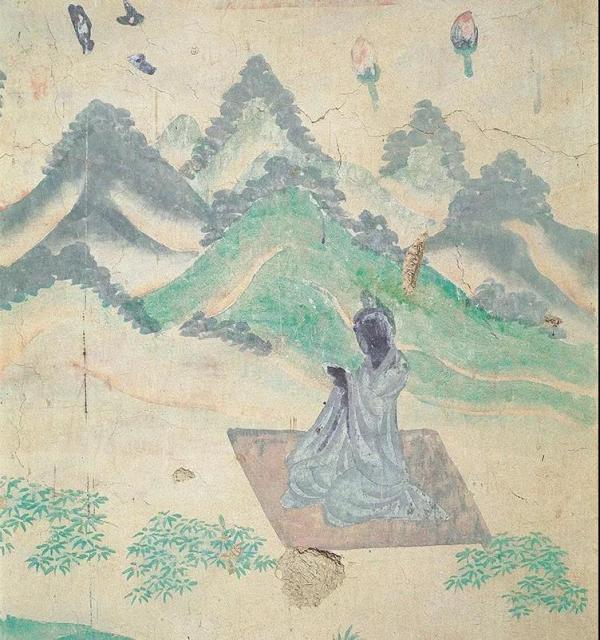
"Sitting and Viewing the Mountain" Cave 431 of Mogao Grottoes, Early Tang Dynasty
In "Sixteen Views" painted in Cave 431 of the Mogao Grottoes, Mrs. Vettig converted to Buddhism and observed the mountains quietly in order to achieve her ideal state. The hills, mountains, and vegetation were simply outlined with light colors. She should be able to find the sincerity in this simplicity.
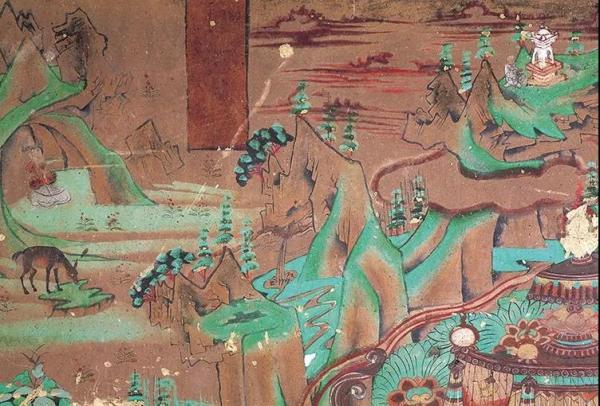
"Practice in the Mountains", Cave 112, Mogao Grottoes, mid-Tang Dynasty
In the "Repaying Gratitude Sutra" in Cave 112 of the Mogao Grottoes, the Buddha is preaching in the middle part of the mural, and the upper part is painted with mountains and caves, flowers and trees, flowing springs, winding mountain roads, pagodas and clouds, with ink and wash smudged, fresh colors. The story of the Deer Girl is interspersed with it. The girl is sitting in a meditative cave, while a female deer bows her head and eats grass, each enjoying herself.

"Written in the Forest", Cave 25 of Yulin Grottoes, mid-Tang Dynasty
During the summer solstice, it is a great pleasure to stay idle and copy scriptures. Cave 25 of Yulin Grottoes contains "Written in the Forest". Warner took crazy photos of Yulin Grottoes and praised it for its "astonishing beauty". The colors of the murals in this cave have changed from the magnificence of the Kaiyuan and Tianbao eras to simple and pure ones. The colors are mainly green and earthy red, with light colors applied thinly, seeming to be there but not there, subtle and restrained.
The part of "Writing Sutras in the Forest" freezes the state of a Buddhist writing sutras under a tree. He places himself in a lush forest with intertwined branches and leaves. The postures of different tree species, high, medium and low, enrich the level of the picture and provide a good basis for writing. The Buddhists provide a "pure land in the forest".
The postscript of Zhang Jizhi's "Buddhist Sutra" in the Southern Song Dynasty indicates that it was copied in the "Yimao Summer Solstice". Zhang Jizhi copied a lot of sutras in his life, and they were all long talks. He was not a sutra writer, but a sutra writer. Reading this calligraphy, a refreshing feeling naturally arises.

Zhang Jizhi's "Buddhist Sutra" of the Southern Song Dynasty was marked as copied in the "Yimao Summer Solstice"
(Part of the text and pictures in this article are based on Dunhuang Academy and The Paper news materials)
